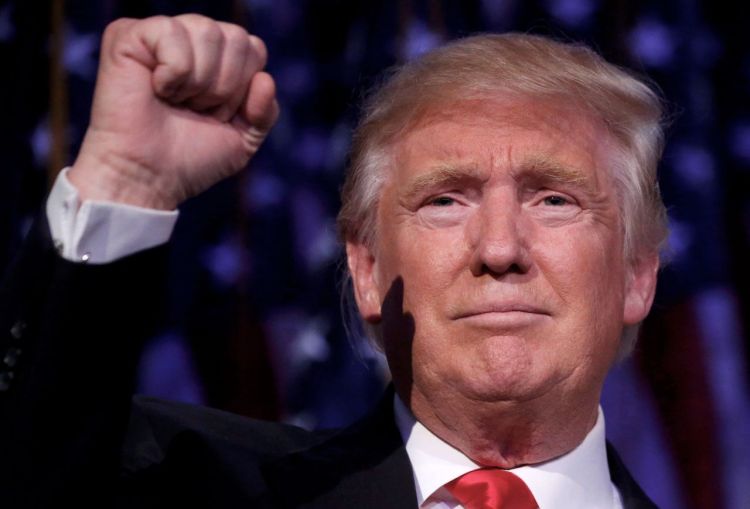WASHINGTON – Donald Trump has made clear the broad sweeps of his policy agenda. He wants to build a wall on the Mexican border and deport millions of immigrants here illegally. He wants to renegotiate trade deals and likely slap tariffs on imports from China. He wants to cut taxes for the middle class and the poor but especially for the rich. He wants to repeal the Affordable Care Act, roll back federal regulations and open more public land for oil and gas drilling.
On economics in particular, it would be a policy mix unseen in the modern presidency, a fusion of supply-side conservatism and liberal populism. Trump’s team promises it will deliver 25 million new jobs and up to 4 percent annual growth in the economy. Other economists predict it could stoke recession.
Perhaps the biggest question is whether the Republicans who control Congress would pass Trump’s plans into law – or substitute their own, more doctrinaire plans instead.
As president, Trump will be able to deliver some things without congressional approval. His Treasury Department could declare China a currency manipulator. He could pull the United States out of the North American Free Trade Agreement or even the World Trade Organization. He could cancel executive orders issued by President Barack Obama, including ones that allow some immigrants to stay in the country without legal status, and ramp up deportation enforcement.
But he would need Congress to move to cut taxes and kill the Affordable Care Act. Congress could also attempt to block any trade restrictions he might try to impose. And Republican leaders could push Trump to adopt parts of their policy vision for the country that Trump has rejected explicitly, including curbs on the cost growth of safety-net programs such as Medicare.
Trump would also need Congress to fill in some of the trickier blanks he has left in his proposals, including key details on his tax plan and the full scope of a replacement for the health-care law. He would need the Republican to approve a massive infrastructure spending program, which his advisers promise will pay for itself through increased economic growth and, of course, to build the wall. (There’s still the issue of how he’ll get Mexico to pay for it.)
Those efforts figure to cause friction between Trump, House Speaker Paul D. Ryan, R-Wis., and Senate Majority Leader Mitch McConnell, R-Ky., neither of whom share Trump’s populist streak. Ryan and McConnell say they want balanced budgets and safety-net spending reform. They’re free traders. Ryan has balked at other infrastructure spending plans. The House Republican tax plan includes a smaller corporate cut than Trump proposes, along with fewer benefits for the middle class.
Many Republican policy hands have quietly hoped all campaign that Trump might, as president, simply sign the Ryan-McConnell agenda into law. Trump has, meanwhile, shown no willingness to bow to other Republicans. That could make for some awkward early negotiations. Or it could lead to an entirely different set of deals between Trump and an aisle-crossing crop of populists on Capitol Hill.
Send questions/comments to the editors.



Success. Please wait for the page to reload. If the page does not reload within 5 seconds, please refresh the page.
Enter your email and password to access comments.
Hi, to comment on stories you must . This profile is in addition to your subscription and website login.
Already have a commenting profile? .
Invalid username/password.
Please check your email to confirm and complete your registration.
Only subscribers are eligible to post comments. Please subscribe or login first for digital access. Here’s why.
Use the form below to reset your password. When you've submitted your account email, we will send an email with a reset code.